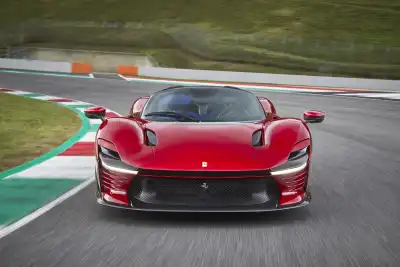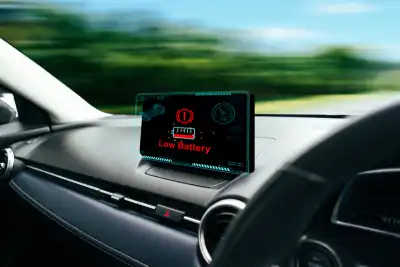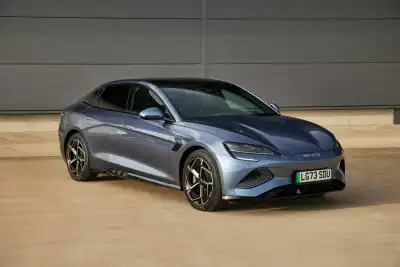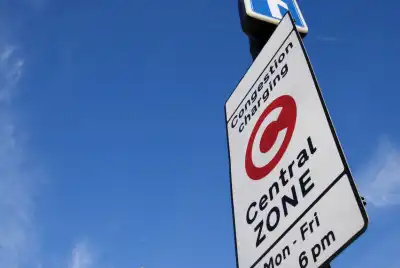The BBC’s show ‘Tomorrow’s World’ gave viewers a glimpse into the future during the many decades it appeared on UK screens. One particular avenue it investigated was the world of cars, showcasing some of the features and systems that drivers could expect from the roads of the future.
While some of the innovations certainly inspired the imagination of audiences, how many actually made it into production cars? Let’s take a look.
Warning systems
Back in January 1971, James Burke drove a test car that featured a range of innovations. One of them was a warning panel that could highlight to the driver a mechanical issue with the car - and that’s certainly something that we have in modern vehicles. Essentially, it’s a forebear to the OBD port that highlights every time a problem occurs with a car.
Though the wiring system in the 1971’s is quite crude by modern standards, it still does the job by alerting the driver with a high-pitched tone.
Cruise control
Burke also highlights something he refers to as ‘auto-cruise’ designed to ‘take the ankle ache out of motorway driving’. Again, this is an early version of what we know to be cruise control, allowing the car to maintain a set speed at the press of a button.
The 70s car also uses a cool-looking bezel which sets the car’s speed - it’s something we wish would feature on modern cars, too.
ABS
the vehicle to offer the best-possible braking performance even when slowing down harshly. In the 1970s car, this made an early appearance, with Burke stating that the car ‘couldn’t spin’ thanks to the system being fitted.
While that may not be completely correct, ABS is something that has saved countless lives over the years.
Computer-controlled fuel injection
Computers play a core part in a modern car and control various aspects of how a vehicle moves and runs. In the early 1970s, this wasn’t so much the case, though the prototype vehicle driven by Burke features an engine which has sensor-controlled fuel injection.
Able to monitor exterior elements - such as temperature and speed - the system ensures ‘peak performance’ regardless of the conditions.
A dream car
In 1972, David Ogle took a look at a ‘dream car’ made entirely to the owner’s specifications. It featured front lights integrated into the grille - something we’ve seen used on a lot of modern cars - while the entire roof is made from glass, which is another feature a lot of the latest cars incorporate.
Compact discs and satellite navigation
Today, nearly everyone has satellite navigation in their cars - either via a built-in screen or through a smartphone - but back in the early 70s the idea of getting from A to B thanks to computer directions seemed like a very distant idea.
However, a tape-based system kicked the whole idea into life with the tapes being used to store maps rather than music. Relayed by voice instructions, the whole system was put to the test by Michael Rodd in 1971.




